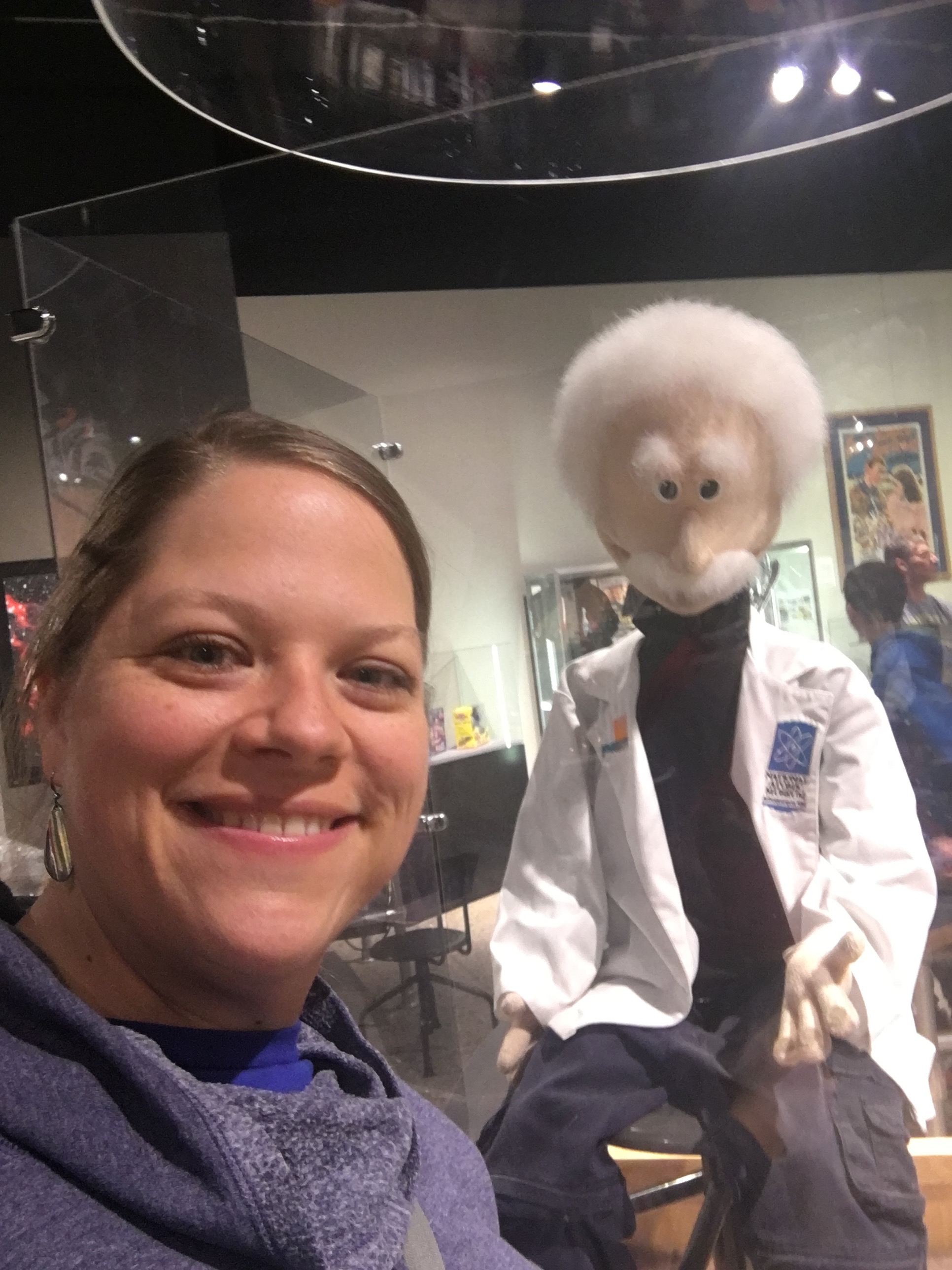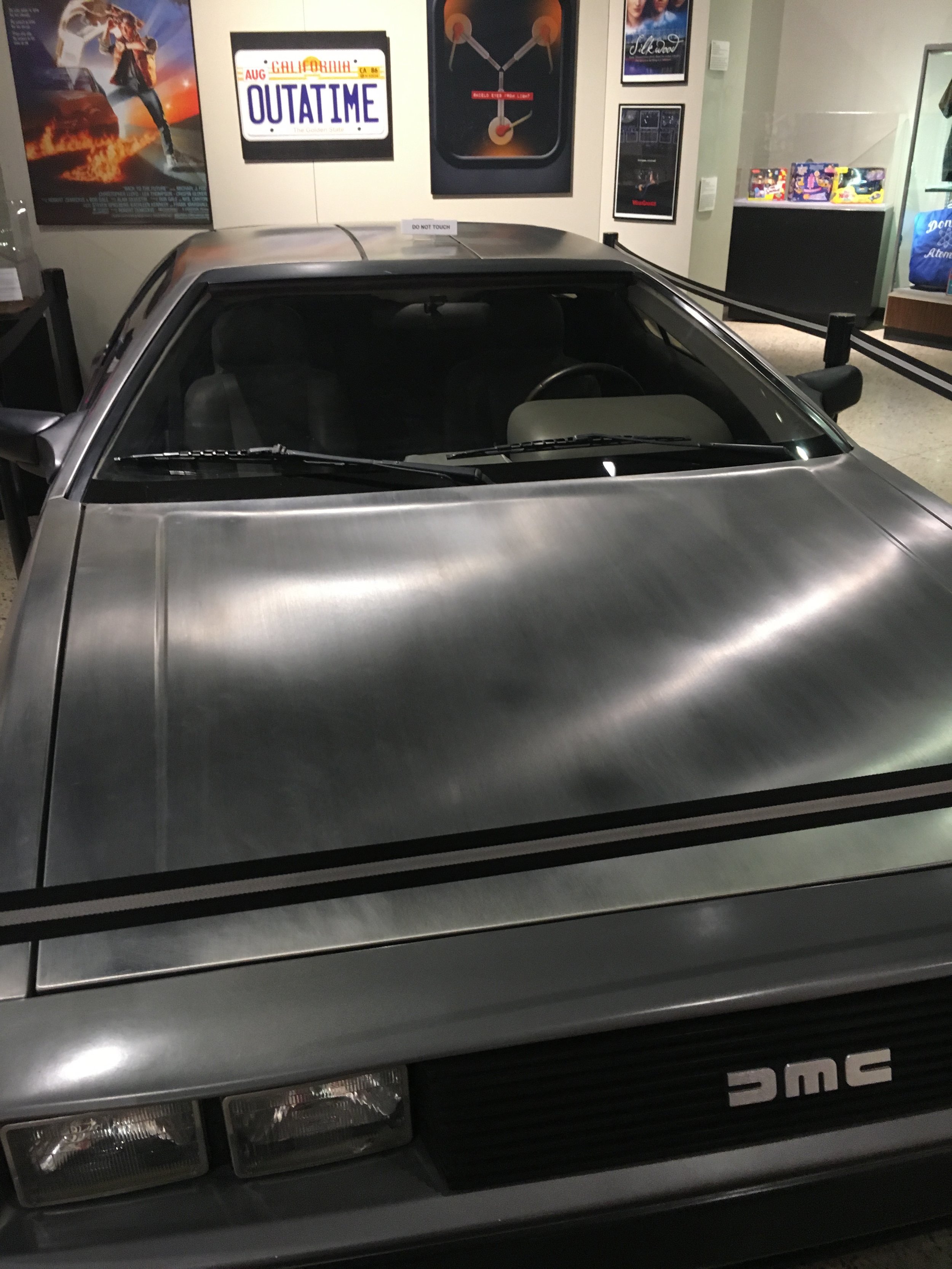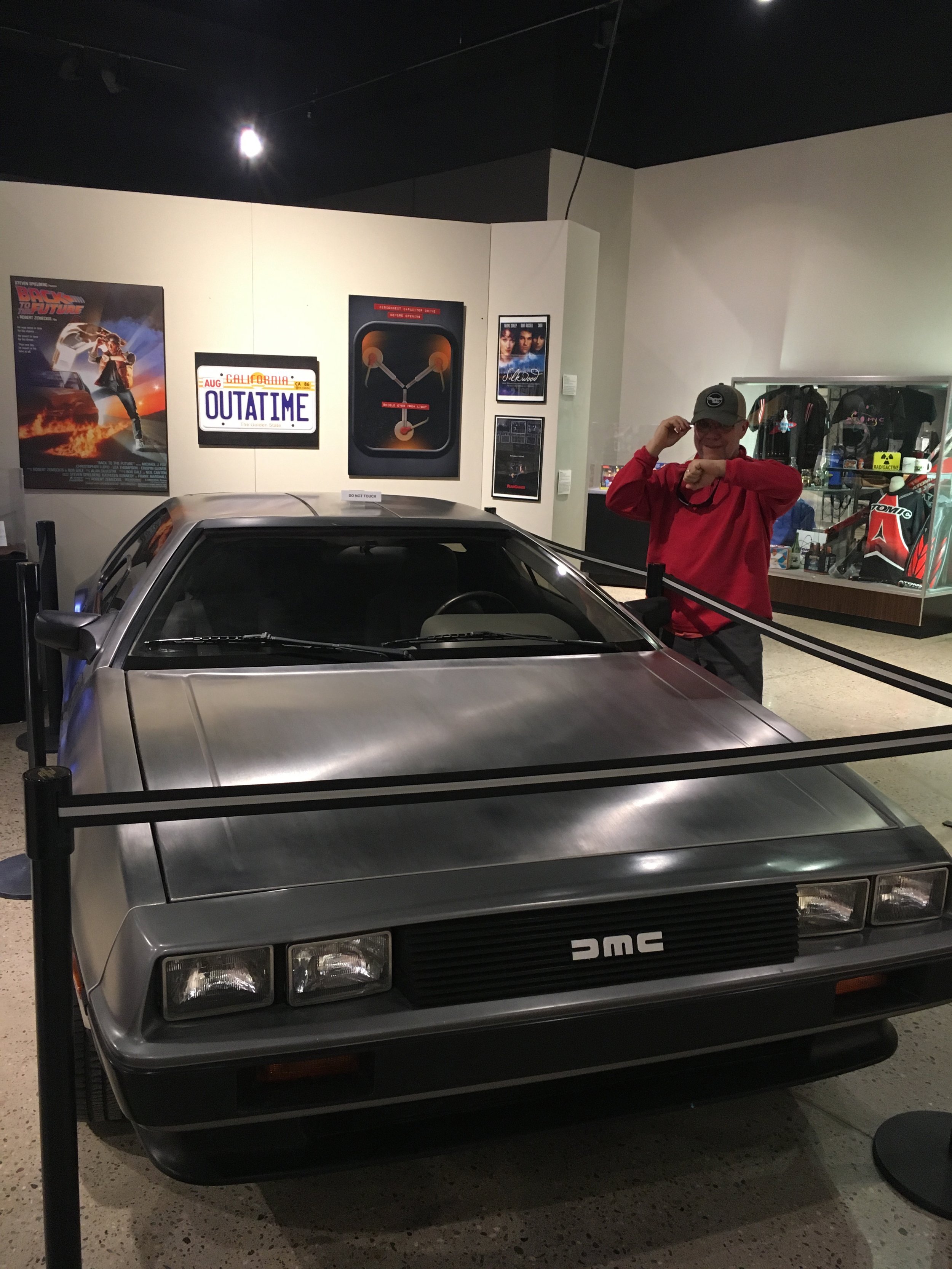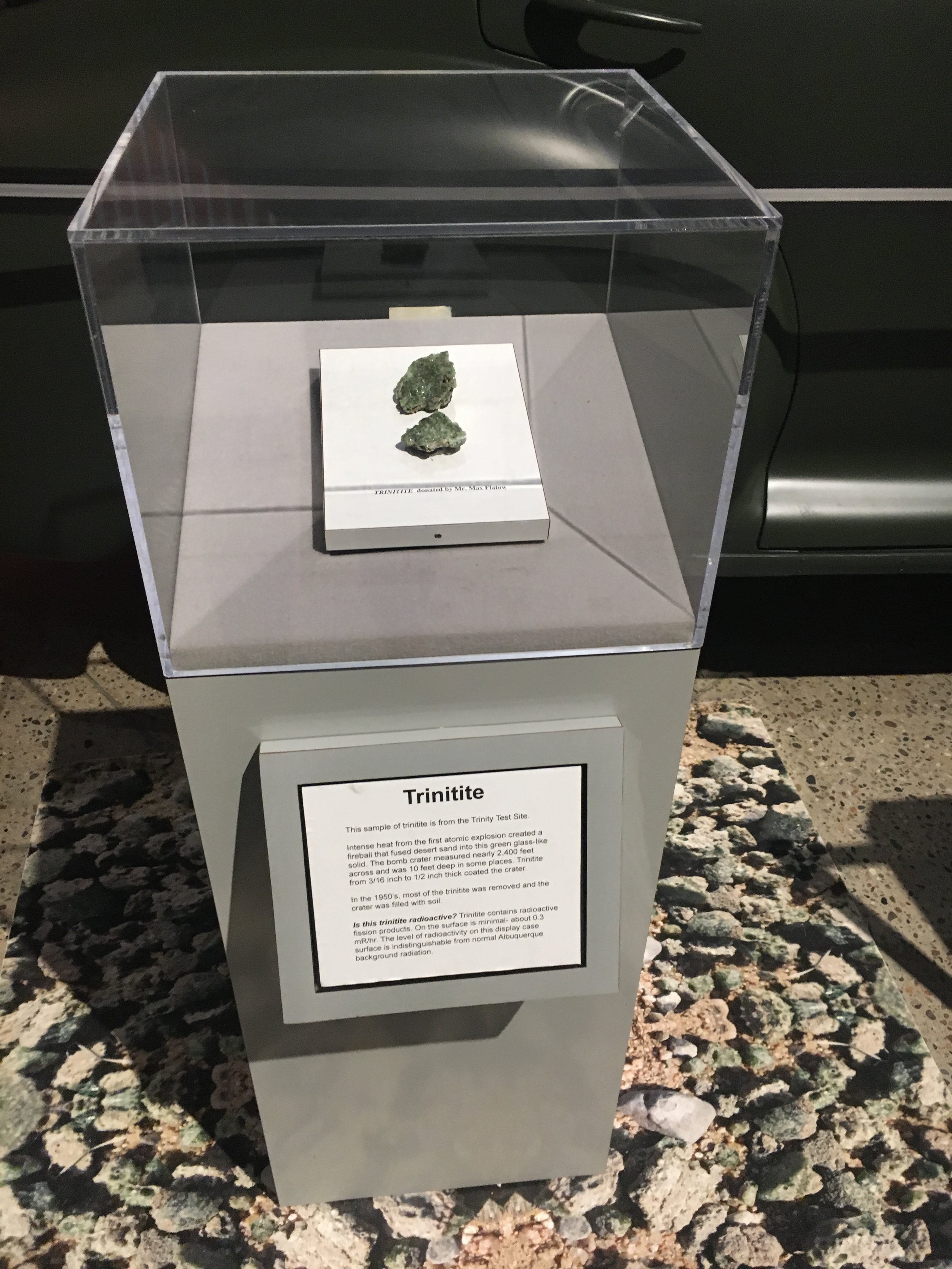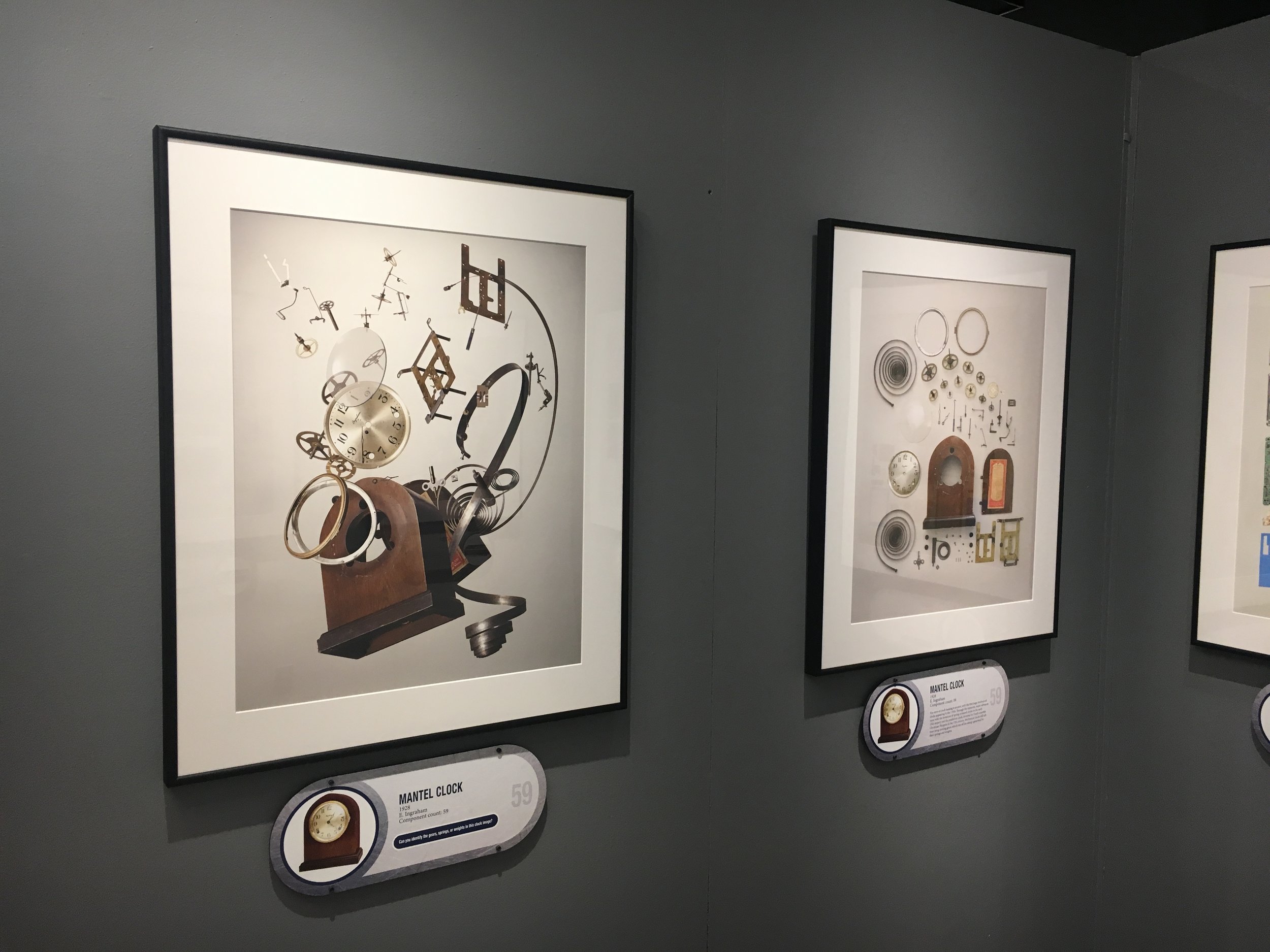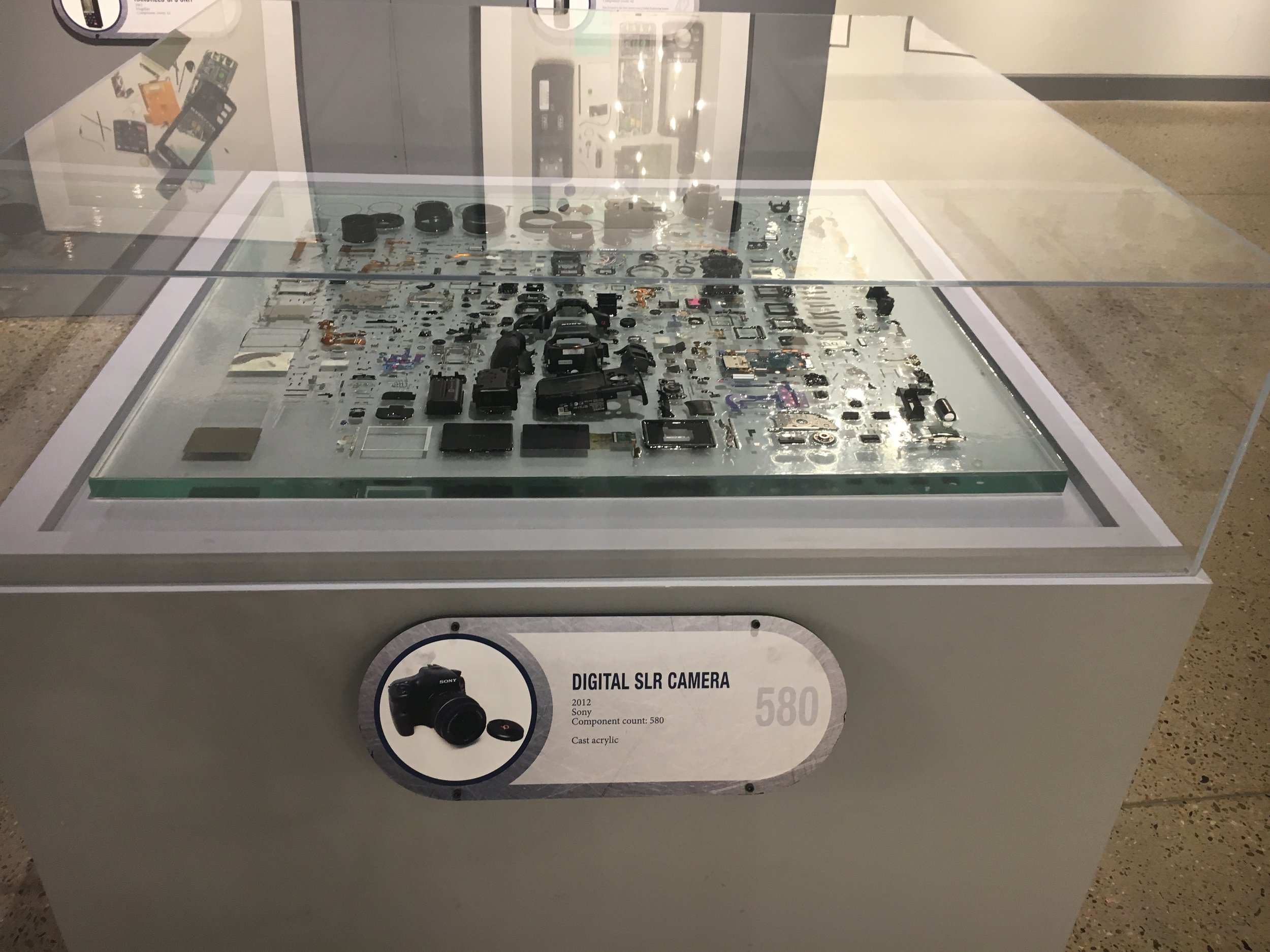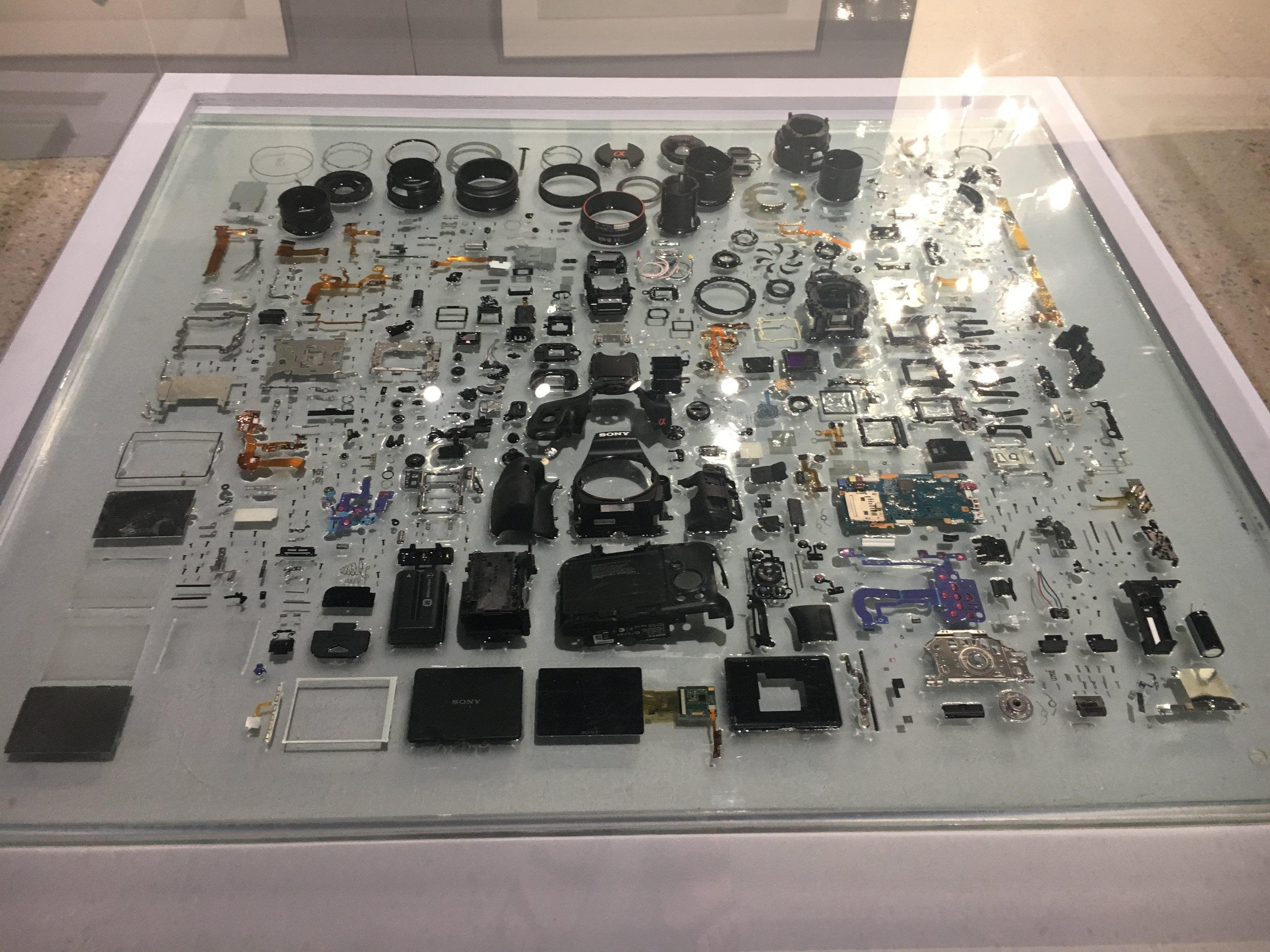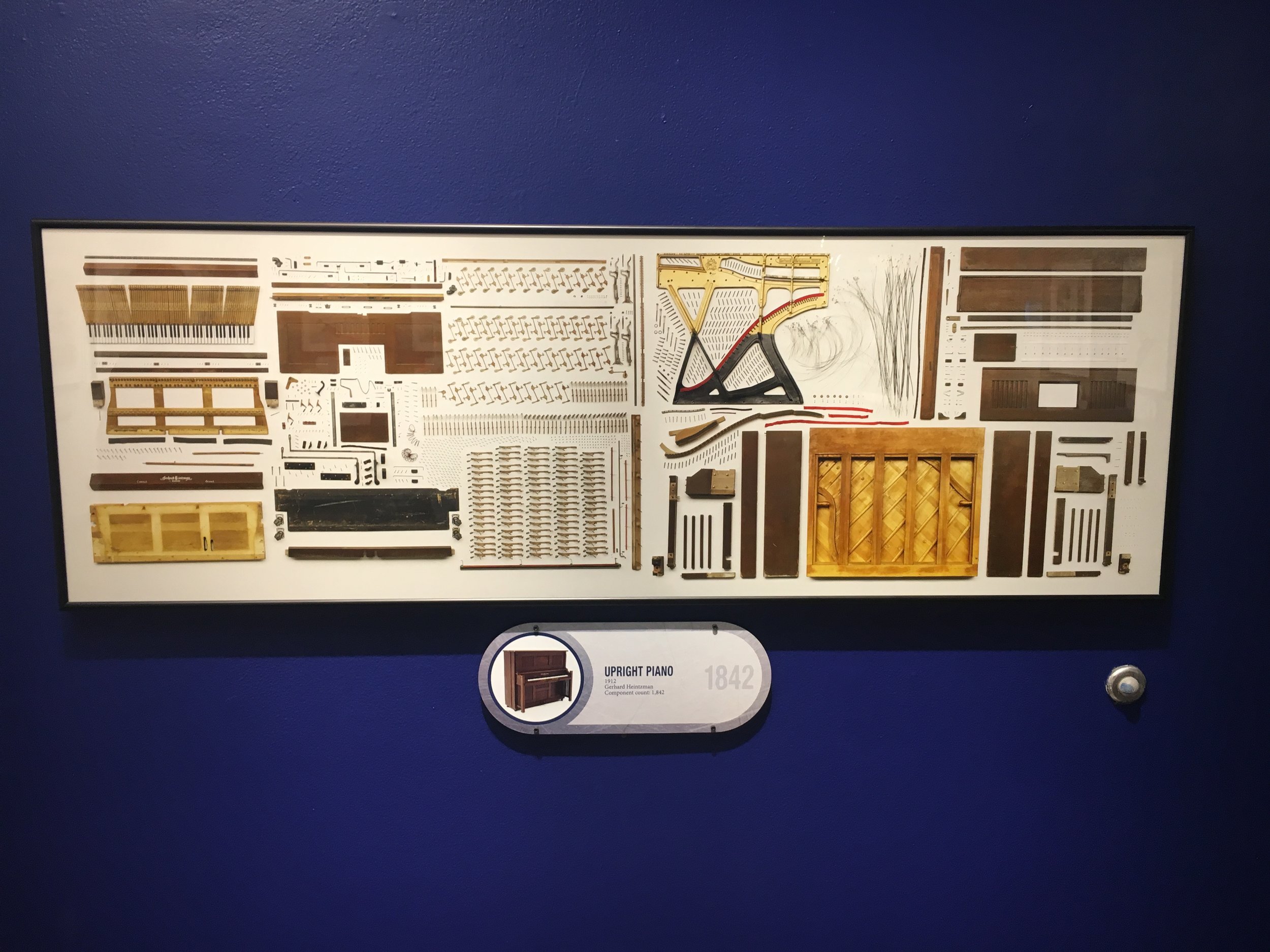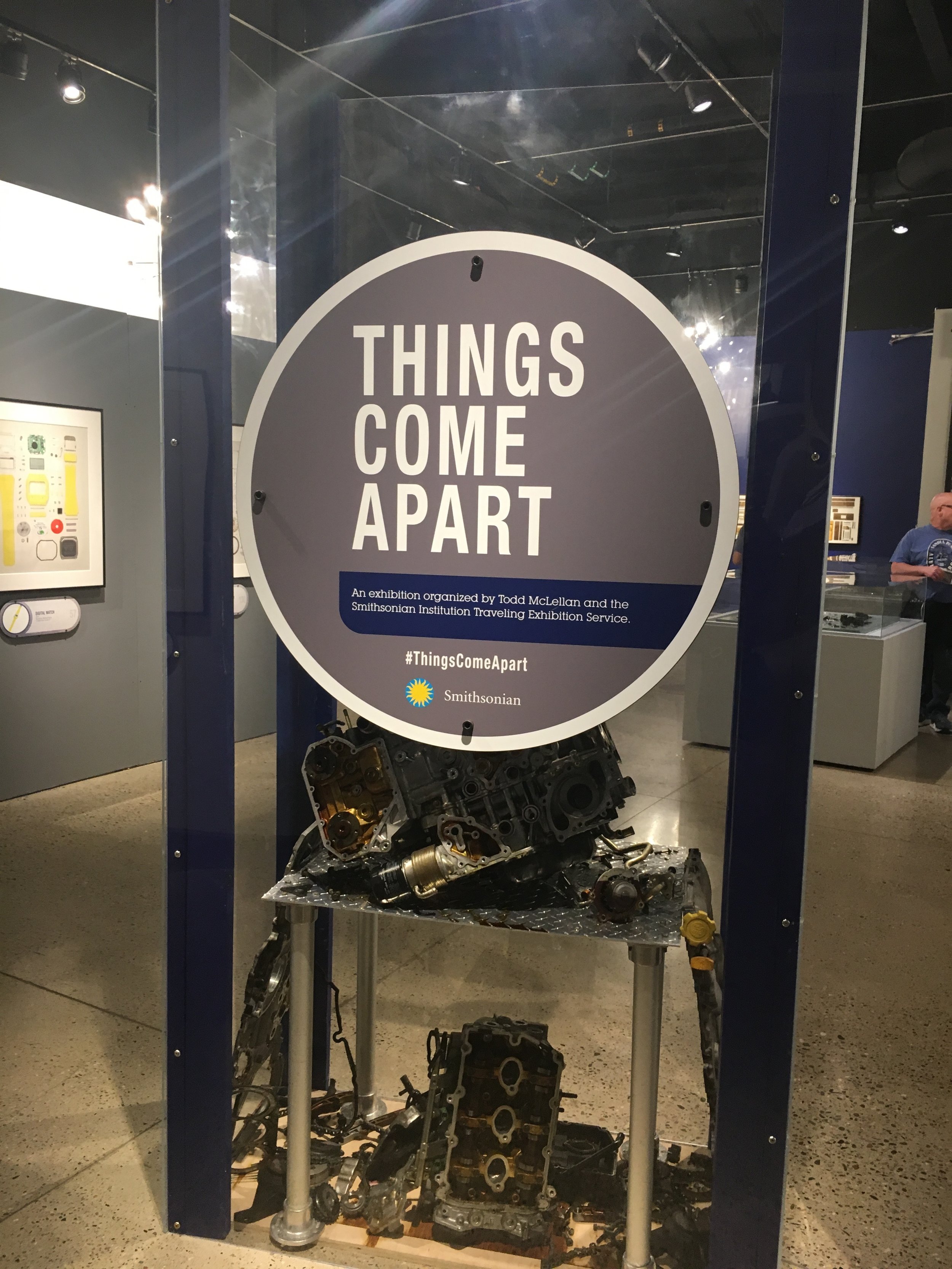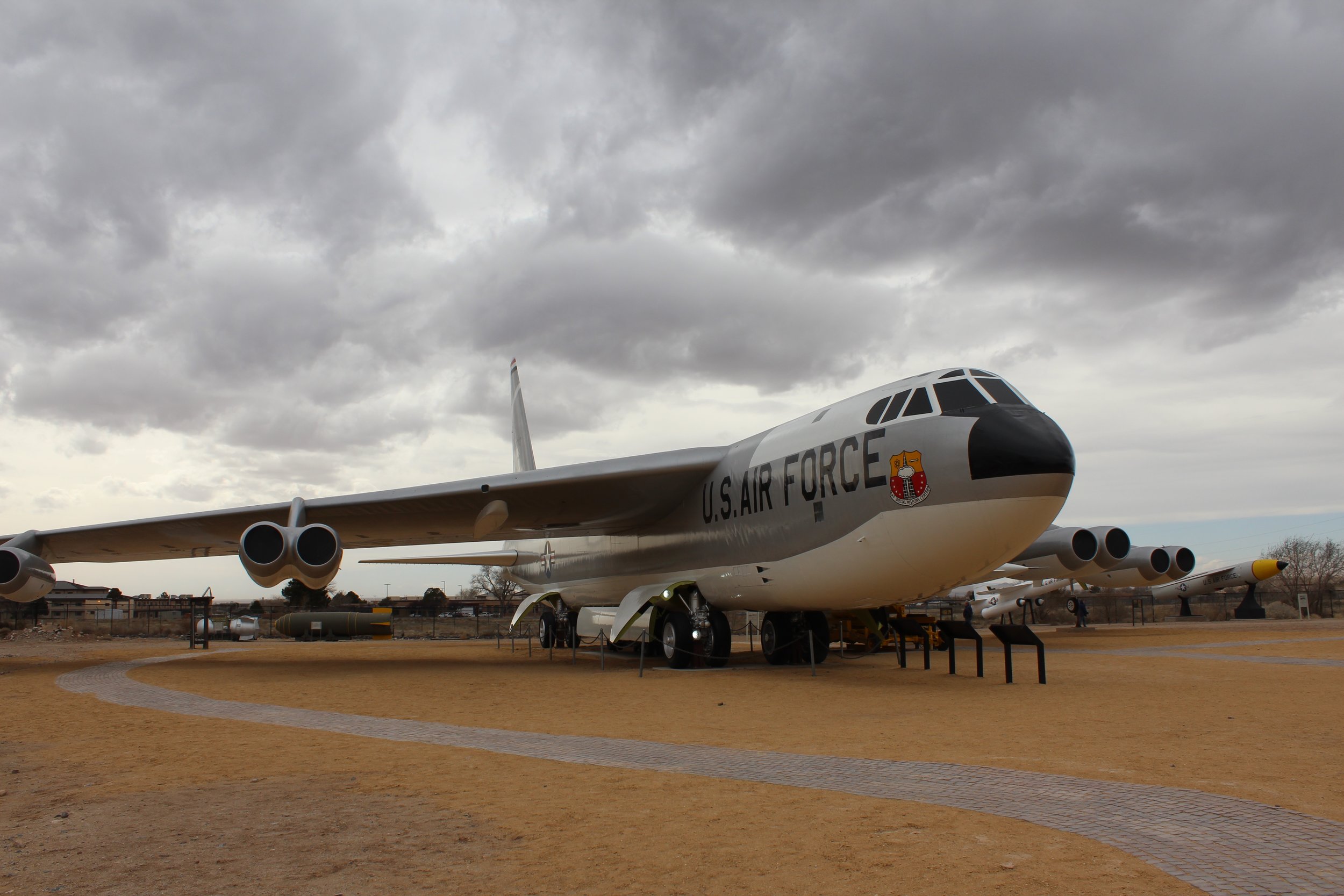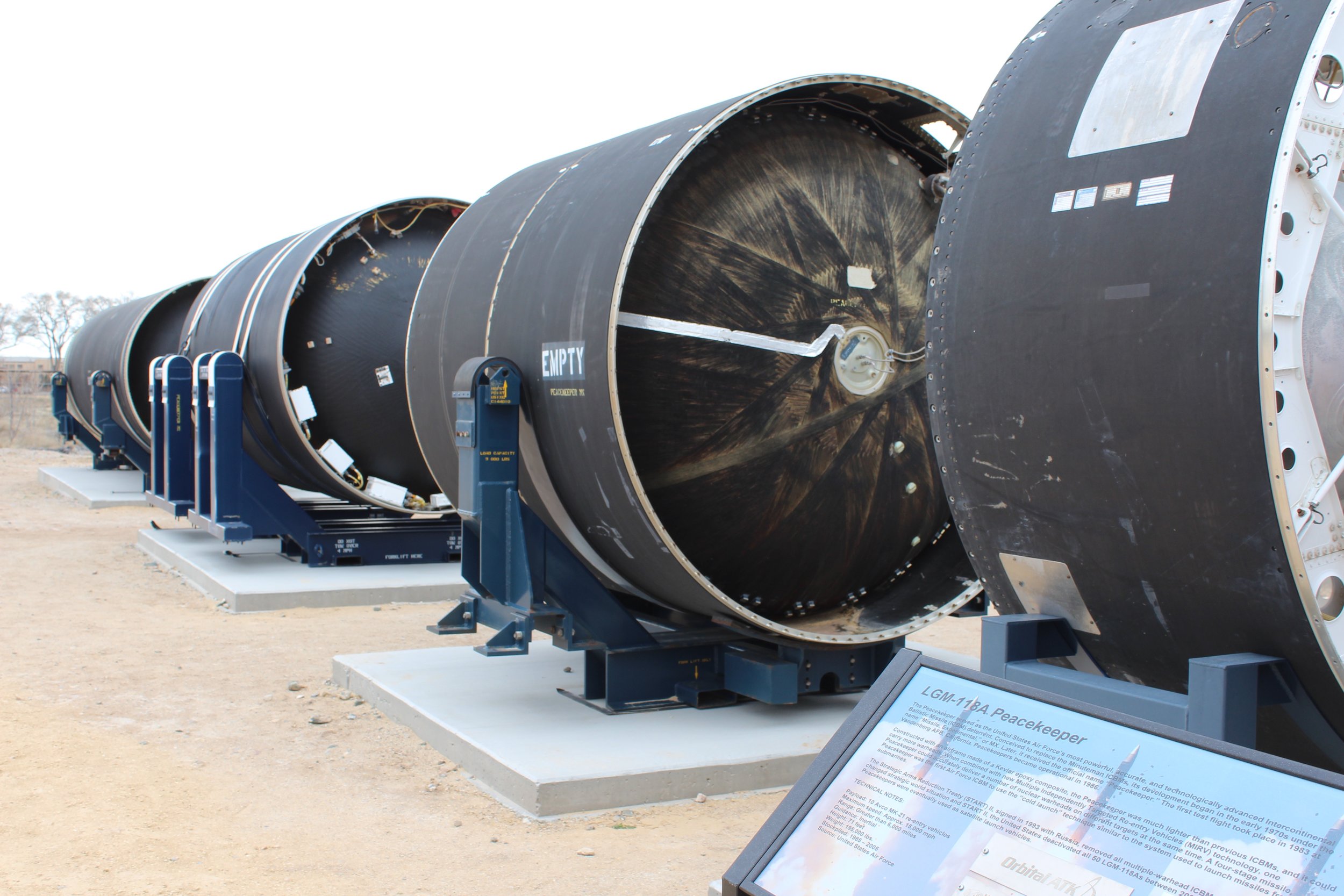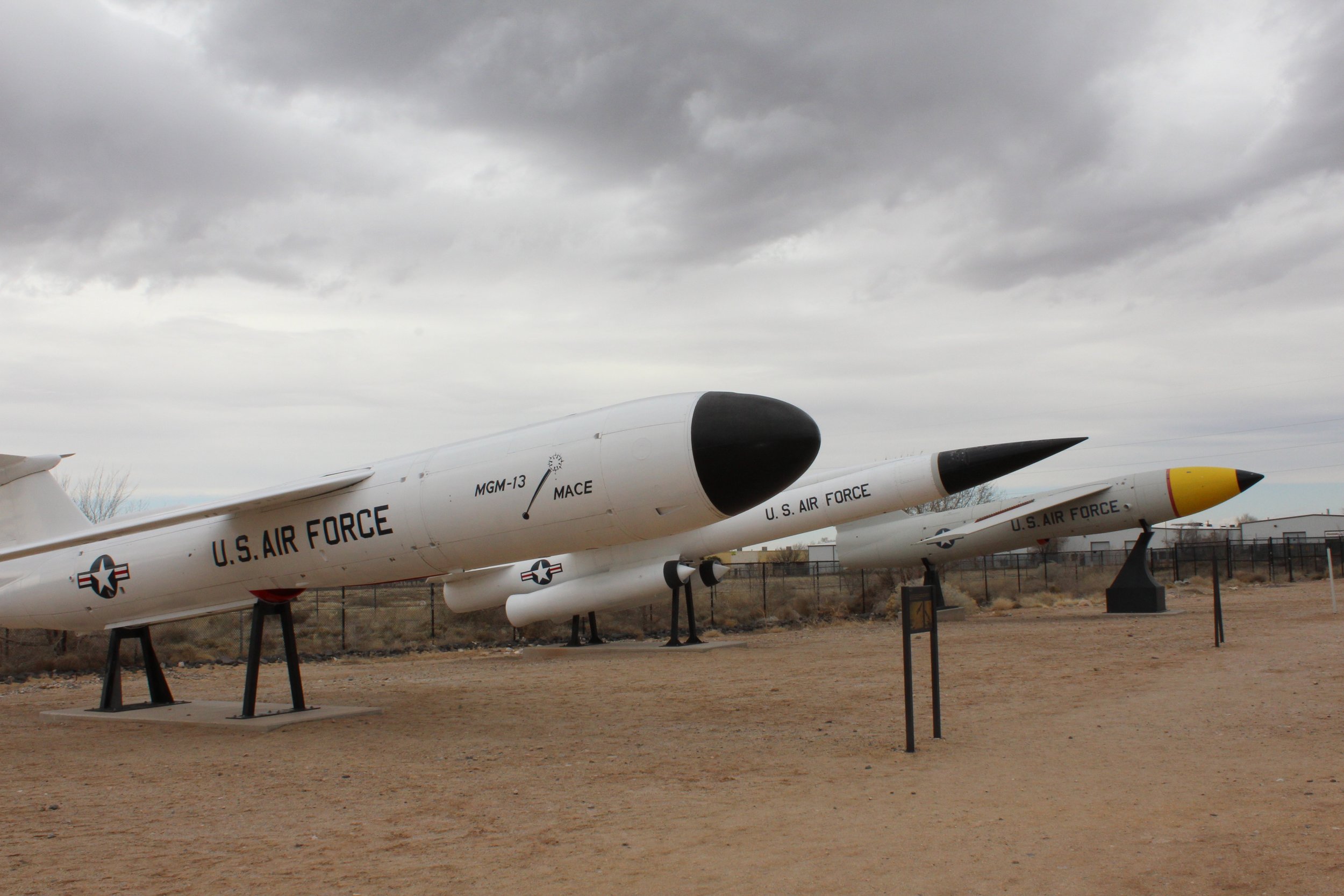National Museum of Nuclear Science and History
Disclosure: This post may contain affiliate links, meaning, at no additional cost to you, we will earn a commission if you click through and make a purchase. We only include links to products, services, and companies we have used and have had positive experiences with. Thanks for following our journey!
March 8, 2019: What does Uranium, a Groupon deal and the Duke City have in common? The National Museum of Nuclear Science & History of course. Located less than 5 miles from our campground in Albuquerque, this museum was featured on one of our favorite “things to do” websites, Atlas Obscura. It is here you will find the unique museums and as the name implies, the obscure attractions. Might we recommend taking a look to see what lies in your area, that you may have not known about. Atlas Obscura depends on explorers just like you to help others discover these rare treasurers - so if you know of something not on the list, submit it to the team at Atlas Obscura. They also now have a series of books now that would make a really cool coffee table book. Check them out below (#afflink).
After finding it listed on the Atlas Obscura website, the deal on Groupon and driving by it many times on our Costco runs - The National Museum of Nuclear Science and History seemed to be begging us for a visit. The museum has called Albuquerque home since 1969 when it originally opened on the grounds of Kirtland Air Force Base before moving to the museum district in Old Town for a short stint. Looking for space for outdoor exhibits, it moved to its current location on the east side of Albuquerque in 2009 on 12 acres of land.
Nuclear history carries controversial and complicated baggage along with it in museums in the United States that offer only America-centric perspectives, leaving out the voices of those involved with or affected by nuclear weapons. While many of the exhibits reminded us of this, we understand the importance of the history behind it and the science that makes it happen. Science is cool so we found ourselves enjoying the nuclear power and nuclear medicine exhibits and the advances that have been made in both of those fields. I felt right at home playing in the kid’s section and Russ tried his hand at going “Back to the Future” with the car featured in the movie that was on display.
Not far from White Sands National Monument was the “Trinity” test site where the U.S. Army conducted the first detonation of a nuclear device in 1945. The massive blast liquified the white desert sand into the first human-made mineral - trinitite which is a greenish glass which they had samples of on display at the museum.
We spent the most time roaming around the”Things Come Apart” exhibit which is a traveling display of the Smithsonian Institute. This exhibit was filled with intriguing photographs which showed the many moving and complex parts of various items in everyday life -- like phones, clocks, cameras and even a two-seater aircraft. The creative photographer Todd McLellan spent hours disassembling these objects into their many hundreds or even thousands of parts. Once the object was stripped of its parts, they were creatively and methodically captured in an acrylic or photographic displays. Comparing the items of the old like the rotary phone to the current day iPhone provided the contrast between old-world craftsmanship and sleek modern engineering. It is amazing how many parts can get packed into such small devices.
After looping around the exhibits inside, we spent some time outside in the area they call Heritage Park where we found planes, rockets and a nuclear sub sail. This area is the largest aircraft collection in New Mexico open for public viewing with over 25 different configurations.
Nuclear research and science litters its history all over the state of New Mexico. Some of it for the good and some of it for the bad, but it seems fitting to have the nation’s only congressionally chartered museum in its field situated in the state. From Los Alamos where the nuclear weapons were fabricated for the Manhattan Project to the first atomic bomb test at the Trinity site near Alamogordo, the state is definitely tied to nuclear science and innovation. The Los Alamos National Laboratory is still fully operational. The city is one of the wealthiest in the United States, with the highest concentration of millionaires. While the city’s fame as the birthplace of the atomic bomb may make it seem like a hub of nuclear tourism, due to the national laboratory still being fully operational, there is a bit of secrecy to the town. To add to the mix in the state is the uranium enrichment plant in Eunice and a disposal for nuclear waste byproducts near Carlsbad. In addition to the Los Alamos Laboratory, the Sandia National Laboratory in Albuquerque has continued to advance the technologies of nuclear physics, chemistry and other scientific fields. So with all this history a trip to the National Museum of Nuclear Science & History during our stay in New Mexico felt like educating ourselves on this subject right at the source.



